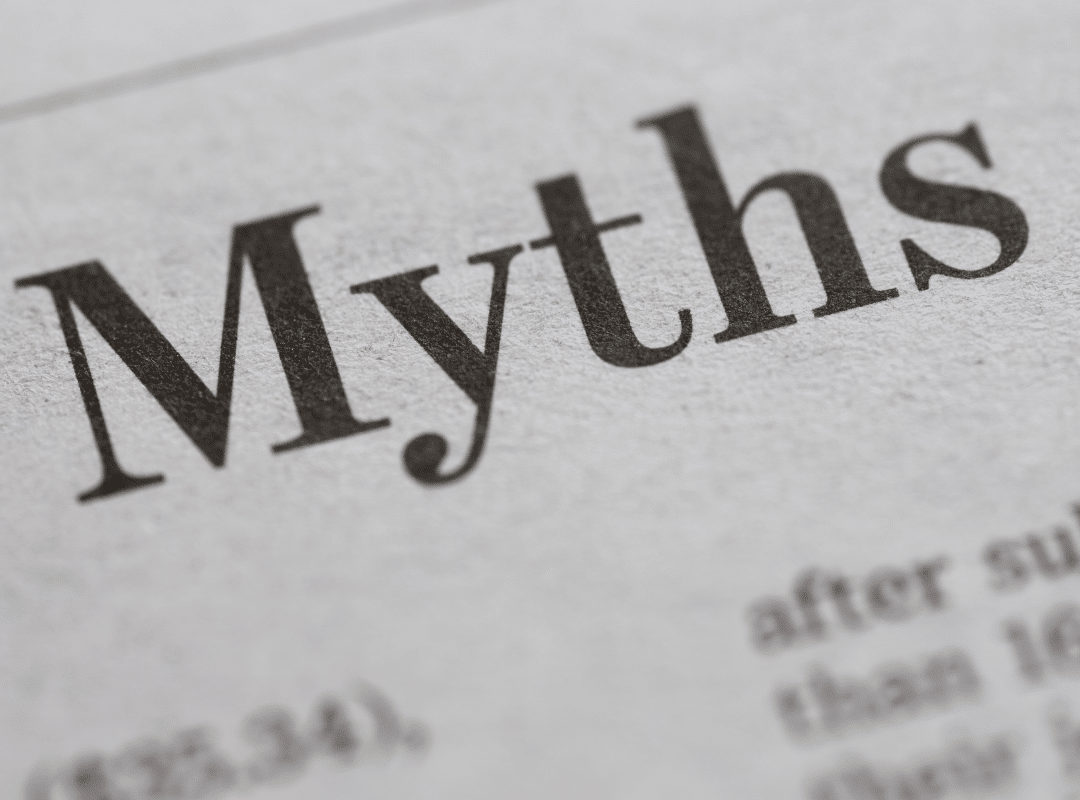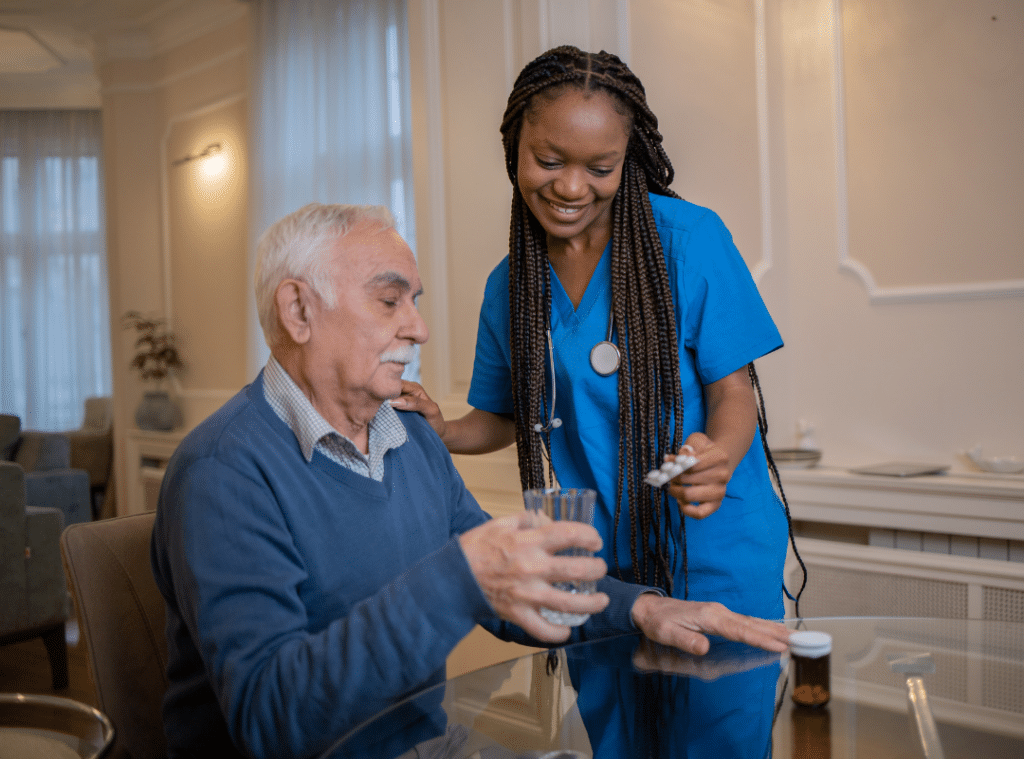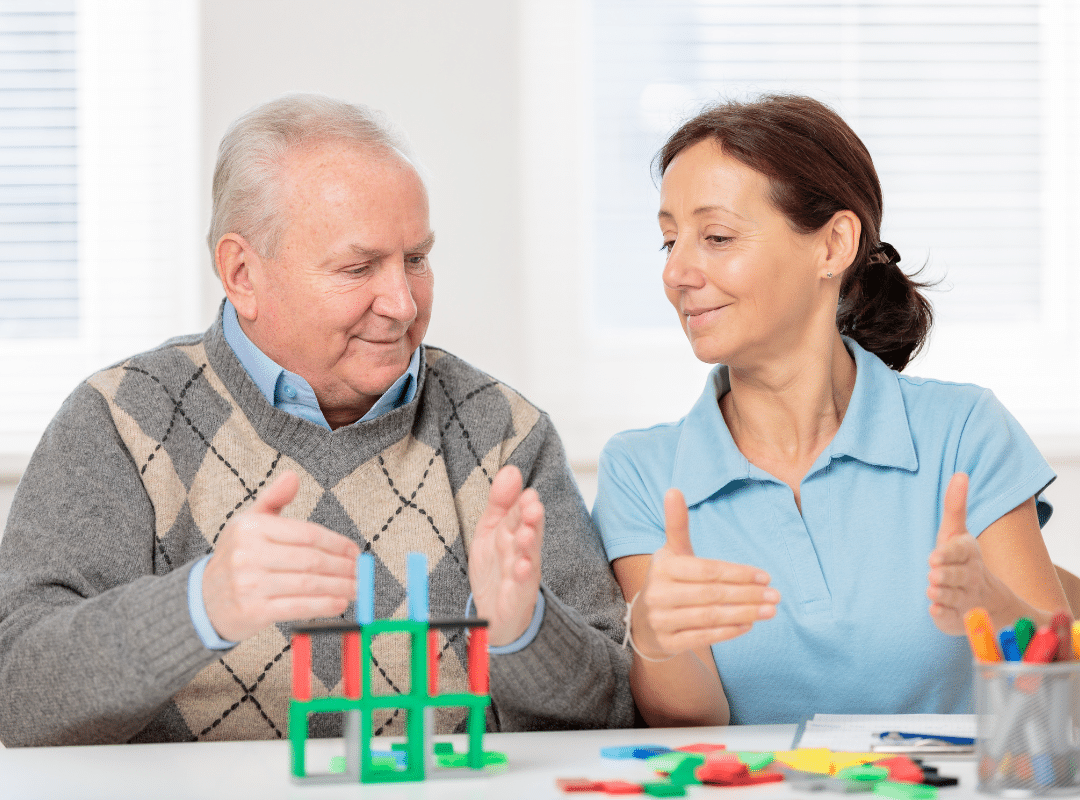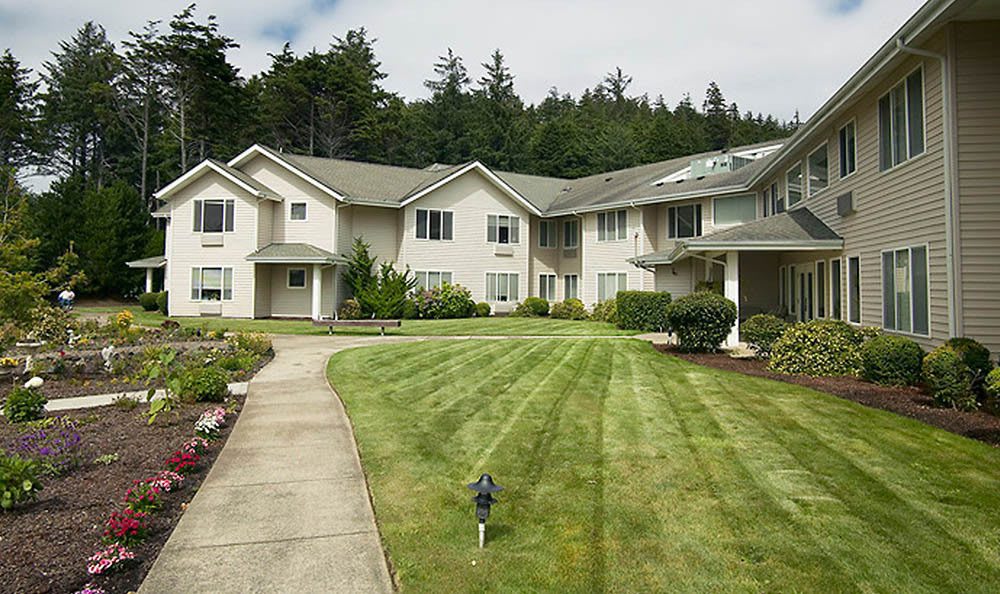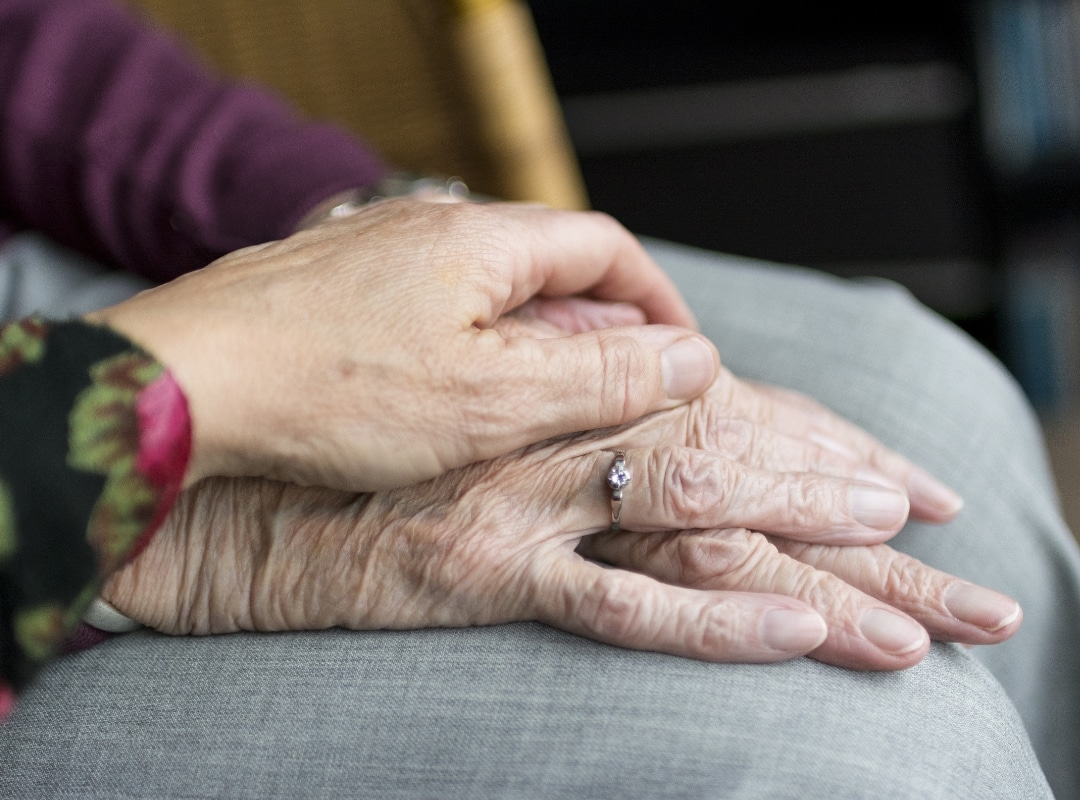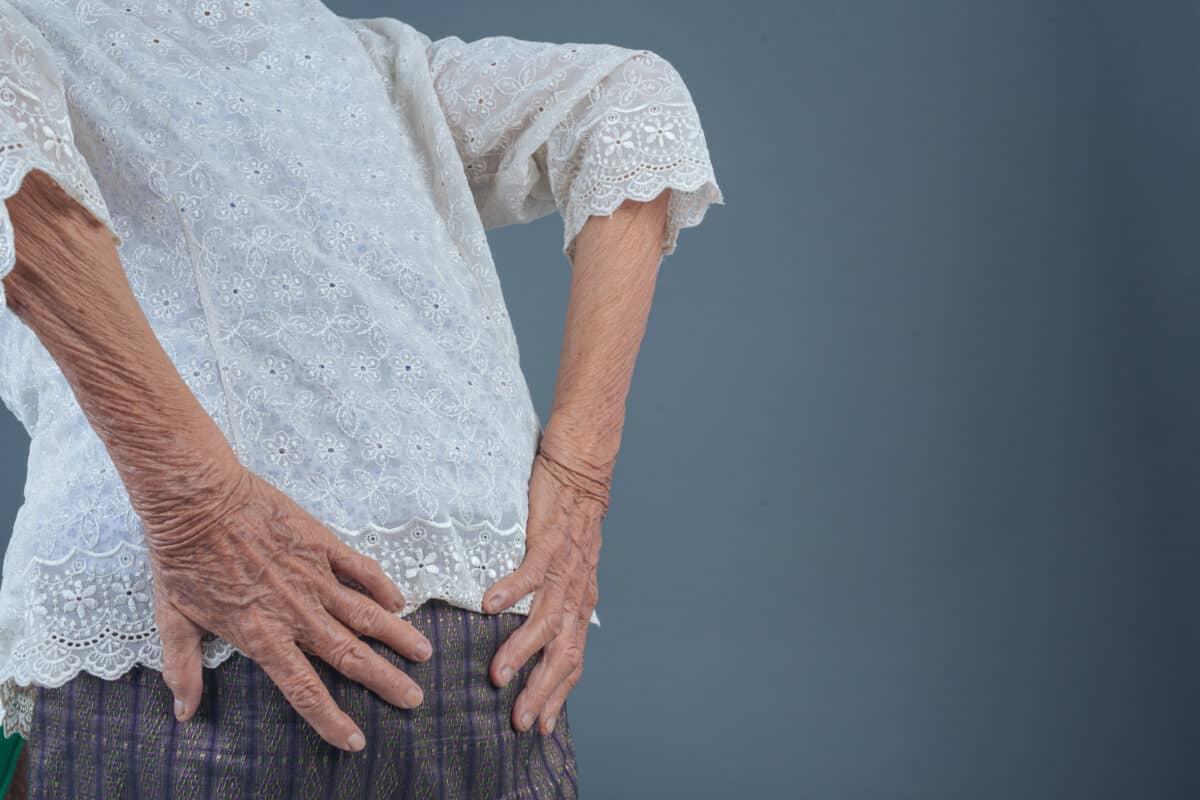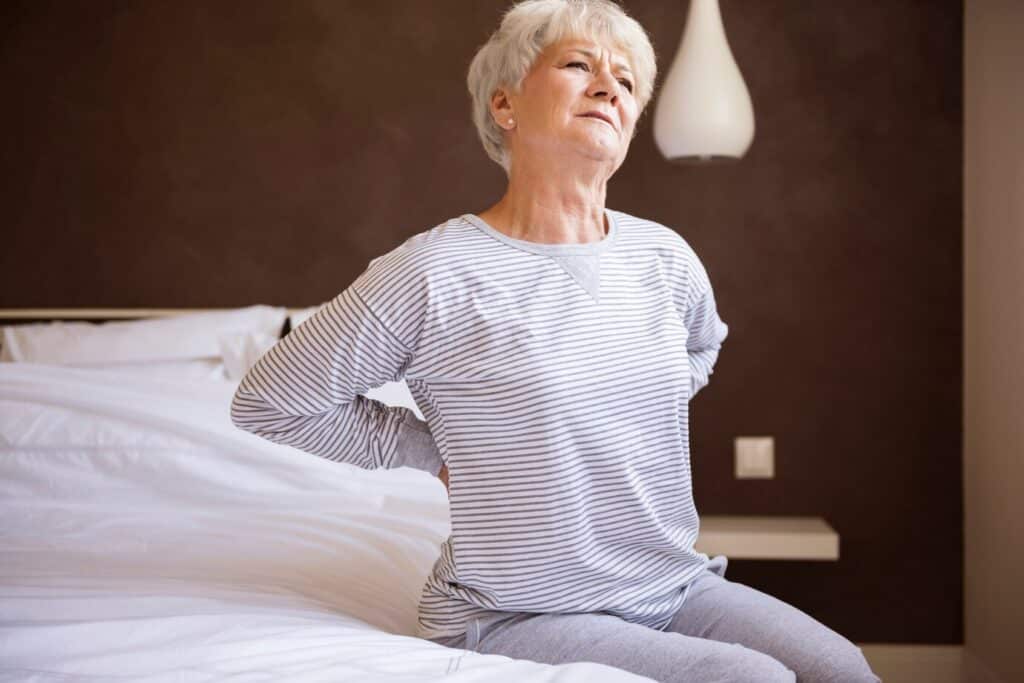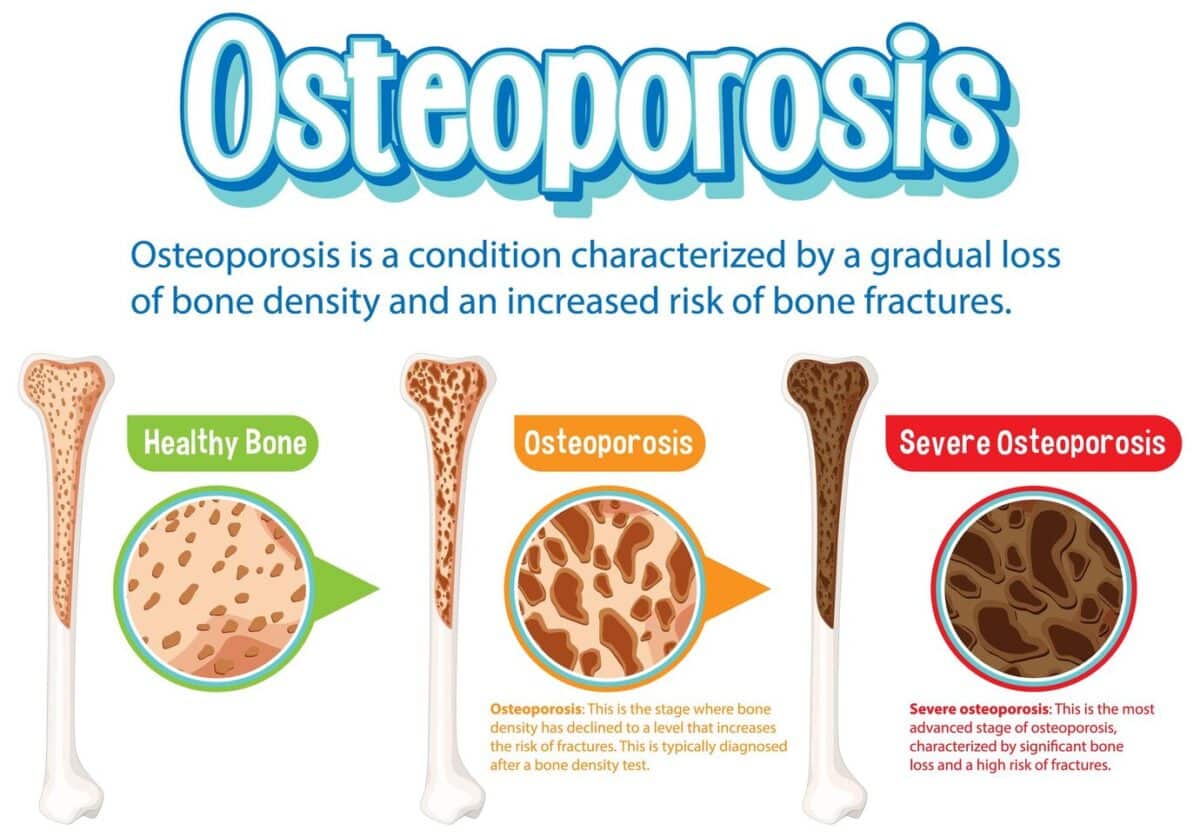Coughs in the Elderly: Causes, Concerns, and Care
When it comes to coughs in the elderly, you might be surprised by the range of causes and the potential impact on their overall health. Understanding the underlying issues is essential, whether it’s a persistent dry cough or a more concerning wet cough. At Oceanview Senior Living, we recognize that factors like chronic conditions or even simple allergies can play a significant role. The implications go beyond just discomfort; they can seriously affect quality of life. So, what strategies can you implement to support better respiratory health and address these concerns effectively?
Coughs in the elderly
Coughing can be a common and distressing symptom for many elderly individuals, often signaling underlying health issues.
It’s essential to understand that not all coughs are the same; they can vary in type and cause. You might notice that some seniors experience wet coughs involving mucus production. This type can suggest respiratory infections or other irritants. Conversely, dry coughs, which produce little to no mucus, could indicate allergies or environmental sensitivities.
When caring for the elderly, it’s important to recognize that persistent coughing can lead to complications, such as incontinence or rib fractures. You must encourage medical evaluation if you observe a cough lasting over three weeks.
Immediate attention is especially warranted for night coughs, which can disrupt sleep and may indicate serious conditions, including asthma or lung cancer. Additionally, weaker immune responses in older adults can result in more severe complications from common illnesses like colds.
You can support seniors by ensuring they stay hydrated and comfortable, using humidifiers, and monitoring their symptoms closely.
Chronic cough in the elderly
Chronic cough in the elderly often signals an underlying health concern that deserves attention and care. If you’re caring for an older adult with a persistent cough, it’s vital to consider various potential causes. Postnasal drip is often the leading culprit, but don’t overlook factors like sinus infections, smoking, or sensitivity to air pollution.
Conditions such as acid reflux, asthma, and lung infections can also contribute markedly. You should encourage a medical evaluation, especially if the cough lasts over eight weeks or worsens over time. Early intervention can help identify the root cause and facilitate appropriate treatment. Additionally, chronic conditions like heart disease may exacerbate the severity of a cough, underscoring the importance of comprehensive health assessments for older adults.
Chronic cough can interfere with daily activities and quality of life, making it imperative to address it proactively. Hydration, humidifiers, and avoiding irritants can offer some relief in managing chronic cough.
Cough in old age
A significant number of older adults experience various types of coughs as they age, which can indicate underlying health issues. You might notice that some coughs are chronic, often due to postnasal drip, while others can be wet or dry, each with its own implications.
A wet cough, for instance, typically produces mucus, and if you see any blood-tinged mucus, it’s important to seek medical attention. On the other hand, a dry cough may not necessarily signify an infection but could indicate allergies or irritants in your environment.
Pay attention to any persistent or worsening cough, as it may require evaluation to rule out serious conditions. Nighttime coughing is common but can disrupt sleep and signal issues like asthma or even lung cancer.
If you or someone you care for is frequently experiencing coughing spells, especially if they occur multiple times a day, it’s critical to consult a healthcare professional. Understanding the cause of a cough is crucial for appropriate management and care. Additionally, chronic conditions can significantly impact the health and management of coughs in seniors.
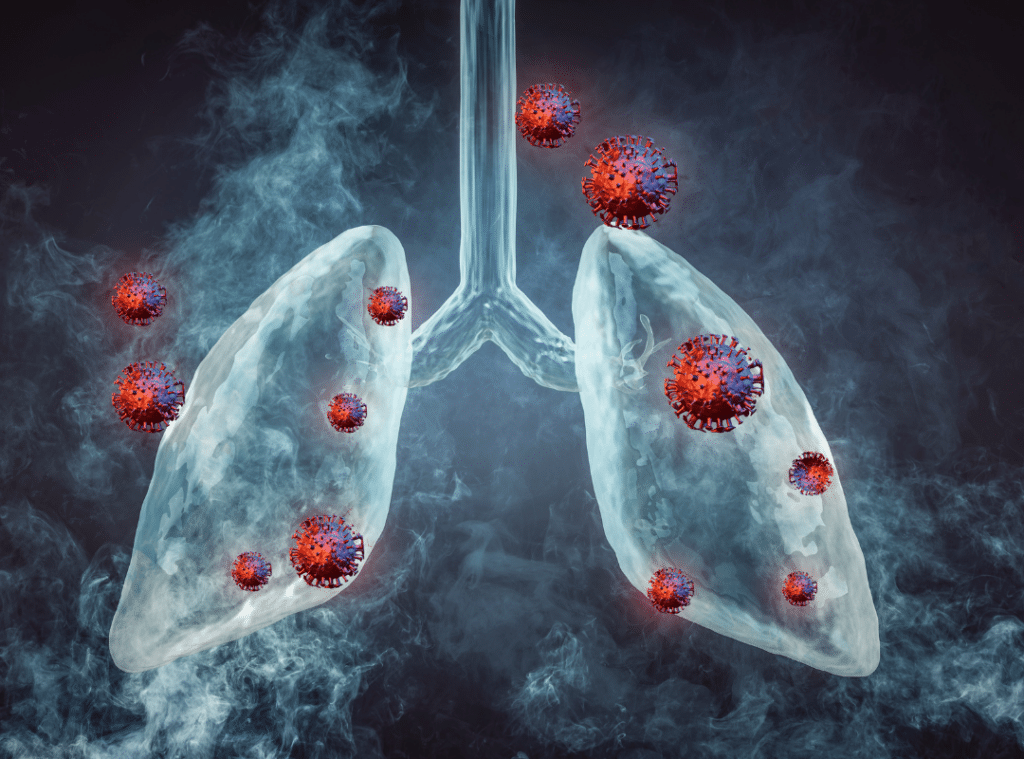
Bronchitis in elderly
While various coughs can indicate different health concerns, bronchitis is a common condition that affects many elderly individuals. This inflammation of the bronchial tubes can lead to persistent coughing and discomfort. Recognizing the signs early on can help you provide the best care.
You might notice symptoms such as:
- A persistent, productive cough with thick mucus
- Wheezing or shortness of breath, especially during exertion
- Fatigue and general malaise
- Chest tightness or discomfort
- Fever or chills, indicating possible infection
Bronchitis can be caused by infections or irritants like smoke and pollution, which are particularly harmful to older adults. Recognizing symptoms and causes of pneumonia is also essential, as bronchitis can lead to complications such as pneumonia.
Monitoring these symptoms closely is crucial, especially since elderly individuals can experience complications more easily.
If you suspect bronchitis, encourage a visit to a healthcare provider for a proper evaluation. Treatment may include rest, hydration, and medications to ease symptoms.
Dry cough in elderly Woman
Dry cough in elderly women can be particularly distressing, often leading to discomfort and disrupted daily activities. This cough typically produces little to no mucus, making it less likely to indicate an infection. However, it can stem from various underlying issues, such as postnasal drip, allergies, or even acid reflux.
It’s essential to recognize that a persistent dry cough can signal a need for medical evaluation, especially if it worsens over time.
You may notice that environmental factors, like dry air or cigarette smoke, exacerbate the cough. Encouraging hydration can help soothe throat irritation while using humidifiers can improve air quality at home.
It’s important to maintain an empathetic approach when caring for elderly women experiencing this symptom, as they may feel vulnerable or anxious about their health.
Understanding the specific triggers and potential causes of a dry cough can empower you to provide better care. Always encourage seeking medical advice if the cough persists or is accompanied by other concerning symptoms.
Your support and attention can greatly enhance their comfort and well-being during this challenging time.
Elderly cough treatment
When treating cough in the elderly, it’s essential to tailor the approach based on the cough type and underlying causes. Identifying whether the cough is chronic, dry, or paroxysmal can guide your treatment decisions.
Here are some effective strategies you can consider:
- Stay Hydrated: Encourage plenty of fluids to soothe the throat and thin mucus.
- Use Humidifiers: Adding moisture to the air can ease irritation and make breathing more comfortable.
- Implement Antihistamines: These can help alleviate symptoms by reducing postnasal drip for dry coughs.
- Consider Cough Suppressants: Over-the-counter options like dextromethorphan may temporarily relieve persistent coughing.
- Seek Medical Attention: If the cough lingers or worsens, a healthcare professional’s evaluation is essential to rule out serious conditions.
Elderly coughing up phlegm
Coughing up phlegm can be a concerning symptom for elderly individuals, often signaling an underlying respiratory issue. This wet cough, characterized by mucus production, might indicate infections such as bronchitis or pneumonia, particularly common in older adults.
You should pay close attention to the color and consistency of the phlegm—green or yellow mucus can suggest a bacterial infection, while clear mucus may not be as alarming.
If you notice blood-tinged phlegm, it’s vital to consult a healthcare professional immediately, as this could signal more serious conditions like lung disease or cancer.
Environmental factors, such as exposure to smoke or pollutants, can also exacerbate coughing and phlegm production.
Caring for elderly individuals who cough up phlegm involves ensuring they stay hydrated and possibly using humidifiers to ease respiratory discomfort.
Encouraging them to avoid irritants will also help. Regular medical evaluations are significant, especially if the cough persists or worsens.
Elderly coughing at night
Nighttime coughing in elderly individuals can be particularly distressing. It often interrupts sleep and leads to increased fatigue and discomfort.
When you care for an older adult experiencing this issue, it’s vital to understand the potential causes and implications of nighttime coughs.
Common reasons for nighttime coughing include:
- Mucus accumulation in the throat leads to irritation.
- Gastroesophageal reflux (GERD), which can cause coughing when lying down.
- Asthma or COPD, both of which can worsen at night.
- Allergies to dust mites or pet dander in the bedroom.
- Sinus infections, resulting in postnasal drip.
If nighttime coughing persists, it’s important to seek medical attention.
Early intervention can identify underlying issues, preventing complications.
You can help by keeping the sleeping environment comfortable—consider using a humidifier and ensuring the head is elevated.
Monitoring symptoms and noting changes can also provide valuable information for healthcare professionals.
Best cough medicine for the elderly
Finding the right cough medicine for elderly individuals can greatly improve their comfort and well-being, especially since some over-the-counter options may not suit this age group.
When selecting cough medicine, consider the type of cough: productive (wet) or non-productive (dry). For wet coughs, expectorants containing guaifenesin can help thin mucus, making it easier to cough up. However, antihistamines or cough suppressants like dextromethorphan may be more appropriate for dry coughs.
It’s essential to avoid medications with alcohol or high levels of caffeine, as these can lead to adverse effects in older adults. Always read labels carefully and be aware of potential interactions with other medications, especially for those managing chronic conditions.
Consulting a healthcare professional before starting any new medication is a wise step to ensure the chosen treatment aligns with your loved one’s specific health needs.
Persistent cough in 70-year-old
A 70-year-old’s persistent cough can be concerning, as it often signals underlying health issues that may require prompt attention. You should consider several common causes that could be at play:
- Postnasal drip: Mucus accumulation can irritate the throat, leading to a cough.
- Chronic bronchitis: Often linked to smoking or environmental irritants.
- Gastroesophageal reflux disease (GERD): Acid can irritate airways, triggering coughs.
- Lung infections: Conditions like pneumonia can cause a prolonged cough.
- Asthma: This condition may worsen with age, causing persistent symptoms.
If your loved one is experiencing a persistent cough, it’s vital to encourage them to seek medical evaluation. A healthcare provider can thoroughly examine, identify the underlying cause, and recommend appropriate treatment.
Early intervention is important to prevent complications and manage any serious conditions effectively. Remember, addressing a persistent cough improves quality of life and enhances overall health and well-being.
Your support during this time can make a significant difference in their journey to recovery.
Persistent dry cough in old age
Persistent dry cough in older adults can be particularly troubling, often signaling underlying health issues that require attention. This type of cough is usually non-productive, meaning it doesn’t produce mucus, and it can stem from various causes. You should consider these common factors:
| Cause | Description |
| Postnasal Drip | Mucus accumulation can irritate the throat. |
| GERD | Acid reflux may lead to throat irritation. |
| Environmental Irritants | Allergens or pollutants can trigger coughing. |
| Medications | Some medications, like ACE inhibitors, can cause a dry cough. |
If you or someone you care for experiences a persistent dry cough, seeking medical advice is essential. While simple home remedies like staying hydrated and using humidifiers can provide temporary relief, persistent symptoms may indicate more serious conditions, such as asthma or chronic lung diseases. Early evaluation can help identify the root cause and guide appropriate treatment, ensuring better health outcomes for older adults. Always stay informed and proactive about respiratory health.
In the tapestry of aging, a persistent cough can symbolize deeper health concerns, like threads unraveling from a well-worn fabric. At Oceanview Senior Living, it’s essential to recognize these signs as calls for attention and care. Understanding the causes and implementing supportive strategies can help restore balance and comfort. Don’t underestimate the power of hydration and appropriate treatments; they can weave resilience back into daily life, allowing your loved ones to breathe easier and embrace each moment fully. For more information or assistance, please call us at 541-574-0550.
Questions About Coughing in the Elderly
- What causes a dry cough in the elderly?
Dry coughs in the elderly can be caused by various factors, including allergies, postnasal drip, or chronic conditions like asthma or chronic obstructive pulmonary disease (COPD). Certain medications, such as ACE inhibitors for high blood pressure, may also lead to a persistent dry cough. - What causes coughing in the elderly?
Coughing in the elderly can result from respiratory infections, chronic conditions like COPD or bronchitis, or irritants like smoke or allergens. It may also indicate underlying health issues such as acid reflux or congestive heart failure. - When should I worry about a cough in the elderly?
You should be concerned if the cough persists for more than a few weeks, and is accompanied by fever, shortness of breath, chest pain, or blood in the sputum. These symptoms could indicate a serious condition like pneumonia, heart problems, or cancer, and warrant immediate medical attention. - How do you stop an elderly cough?
Treating an elderly cough involves addressing the underlying cause, such as taking medications for infections or allergies, using humidifiers to soothe dry airways, or staying hydrated. Consult a doctor to determine the best course of treatment and avoid over-the-counter cough remedies unless prescribed. - Is a cough a symptom of congestive heart failure?
A cough can be a symptom of congestive heart failure, particularly if it produces frothy or pink sputum. This type of cough is caused by fluid buildup in the lungs due to the heart’s inability to pump blood effectively, requiring prompt medical attention.




